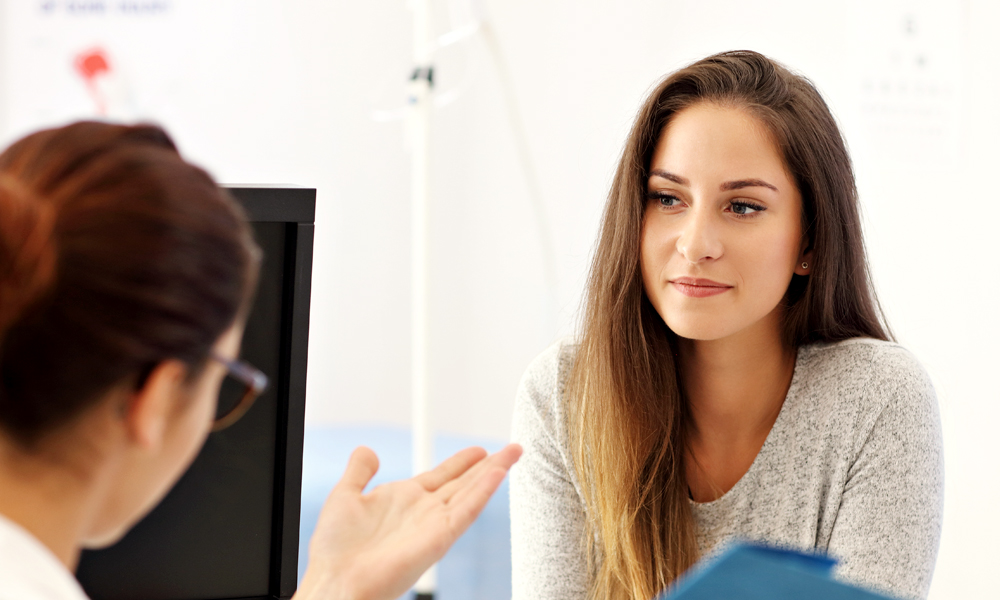Maternity Leave
It is a joy to care for you during your pregnancy. We know that as you get closer to delivery, lots of questions often come up regarding maternity leave. As your OBGYN provider, we are involved in completing paperwork for your employer about your leave. It’s important to help you understand the process and expectations regarding leave because it is often confusing or there is mixed information.
How much medical leave will I be given when I have a baby? Recovering from childbirth takes some time. Medical leave paperwork asks your provider to determine how much time your need to be medically out of work. We provide the 8 weeks of disability leave for all deliveries. We know that you want to spend more time with your little one than 8 weeks which is why many employers cover additional leave time through the Family Medical Leave Act (FMLA) or Paid Family Medical Leave (PFML).
My employer offers up to 12 weeks of paid medical leave. Can Bedford Commons OBGYN complete my form to allow for 12 weeks of paid medical leave? Honestly, we want you to be home with your baby as long as possible. However, when we are completing these forms, we need to actively answer the question of how long do you need to be “medically incapacitated”, meaning home to recuperate from having your baby. Unless there are medical complications with your recovery after your baby is born, we need to be consistent in our medical leave requests, regardless of how much time an employer may offer. It is not uncommon that new parents are told that if the doctor allows it, additional time will be given. That is true if there is a medical indication for extended leave but that is quite uncommon.
How is bonding time different? The State of Massachusetts offers 12 weeks to bond with a child, regardless of parents’ gender. New Hampshire PFL allows for up to 8 weeks of bonding time in the first 12 months of having a child. Unlike in Massachusetts where it is a state benefit, in New Hampshire PFL is optional so you may or may not have access to the benefits. Employers can opt in for New Hampshire PFL or individual employees can opt in. In both New Hampshire and Massachusetts, bonding time is different than the medical leave discussed above. Bonding time is completed specifically by the employee (you) and does not require our office to complete any paperwork. The paperwork must be filed after the medical leave portion is filed.
Please know that we know adjusting to a new baby and sleepless nights are tricky. We also know that precious time with your little one is priceless. Talk to your employer about if you qualify for FMLA leave (up to 12 weeks total including the 8 weeks of medical leave) to allow for some extension of your leave.
